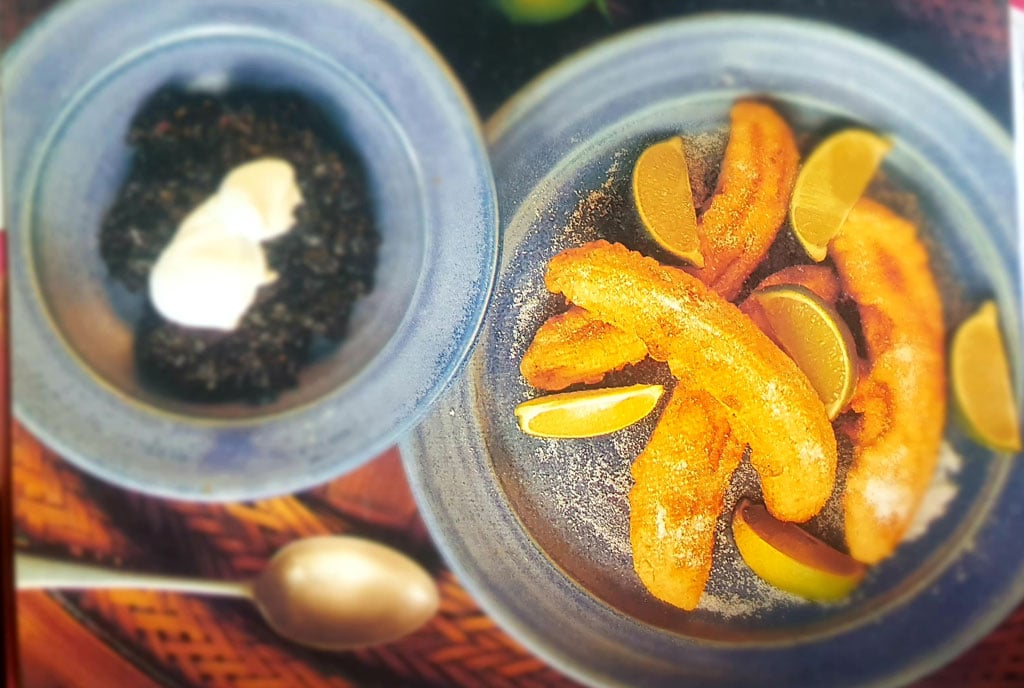Prime
Try deep fried bananas

What you need to know:
- Not all varieties of fruit ripen satisfactorily after plucking or harvesting.
- What would you consider before buying or preparing fruits such as bananas?
In recent years’ pomologists have been working fervently and it should be observed that never more than now, to hybridize the most sought out and popular domestic fruits so as to lengthen the harvest season early and late.
The logic behind this exciting and ongoing development is to come up with plants that are resistant to disease and adverse climate, while at the same time improving shipping and keeping characteristics. Interestingly and woefully, much of this effort has been carried forward with little regard for retaining juiciness and favor.
Moreover, crossbreeding within varieties has proceeded at such rapid pace, and the new cultivars have been so casually styled that among apples, as an example, no fewer than between 20 or 30 descendants may be traced to McIntosh and Winesap albeit never through their names which reveal not the slightest hint of their ancestry. Believe it or not, today there are over 7,500 (sic) varieties of apples that are grown worldwide!
Matters are not helped by the total ignorance on the part of the fruit vendors not to mention the numerous hawkers to be found at the various junctions in Kampala.
In the light of these uncertainties and in so confusing a situation, I would advise one to sample a fruit before buying same--- a precaution that is a tad difficult to arrange at a supermarket such as Carrefour.
In the event that you undertake to grow your own fruit, be sure to choose catalog stock that is expressly labelled ‘for the home garden.’ The reason for this is that such fruit has been developed with a view to being immediately consumed upon harvest comprising varieties more delicate in flavour and texture than those commercially propagated.
As a rule of thumb the majority of fresh fruit may be stored under refrigeration at temperatures between 35°F and 40°F. I find that many fruit varieties including tangerines and oranges benefit from the protection of a sealed plastic bag with the exception being other citrus fruits, melons, and pineapples and as for mature bananas these will keep chilled for a day or two at the most.
Be wary of those ubiquitous ‘fruit special’ frequently observed at supermarkets. Such produce often times may include pieces that are below standard in either quality or size and could be no bargains at all. Unlike in the US where government standards are of necessity and admittedly can be variable, here in Uganda and to the best of my knowledge, we have no watchdog for fruits and vegetables which leaves you the consumer to be the judge where quality and size is concerned. Obviously the smaller the number of fruits per box or kavera, the larger the individual fruit.
Not all varieties of fruit ripen satisfactorily after plucking or harvesting. Those that work well post-harvest include apricots, avocados, bananas, water melons, mangoes, pawpaws, , peaches, tamarinds, strawberries, pears, pineapples to name a few.
None of the aforementioned grow sweeter, nevertheless if purchased under ripe they are best kept at room temperature in a dark place. Keep each variety in a partly closed paper bag, the individual pieces----- save for the strawberries, bananas and watermelon----- separated by loose wraps of paper toweling. Be sure to examine them daily and keep them from bruising and when ripened chill in the fridge before serving.
There is a persistent but a fallacious belief that all fruits abound in Vitamin C. To be fair, several do, notably the citrus family; however, in others, viz. apples, pineapples, pears, figs and bananas for instance, the vitamin C content is conspicuously low. Moreover, virtually all fresh fruits lose their flavor rapidly when soaked in water. I would advise washing them quickly in gently flowing water just before using them and then dry them at once. If peaches, plums, apricots and cherries are cooked with the seeds in, be careful that the inner kernel of the pit which look nutlike is not eaten. Trust me, if you happen to chew eight to ten such kernels they can release enough hydrogen cyanide to prove fatal.
Deep fried bananas
Known as Pisang Goreng, these wonderful and delicious deep fried bananas ought to be cooked at the last moment thus ensuring that the outer crust is crisp in texture while the banana remains soft and warm inside. My preference would be the sweet bananas aka sukali ndizi and they are abundant and available all year round.
1.Sift both the flour and the salt together into a bowl and add just enough water to make a smooth coating also known as a batter. Mix well then add the lime rind.
2.Peel the bananas and split them into half lengthwise and dip them into the batter, two or three times.
3.Heat the oil to 190°C/375°F or when a cube of day old bread browns within 30 seconds. Deep fry the battered bananas until crisp and golden. Drain and serve hot, dredged with sugar along with the lime wedges that you will squeeze over the bananas.
Ingredients:
Serves 8
115g/4 oz. self-raising flour
40g/1 ½ oz. rice flour
2.5 ml/ ½ tsp salt
200ml/7 fl. oz. scant 1 cup water
Finely ground lime rind
8 – 10 sweet bananas
Oil for deep frying
Sugar and lime, cut into wedges to serve




